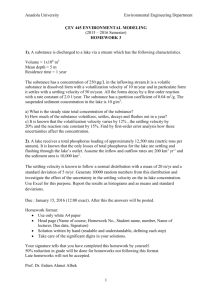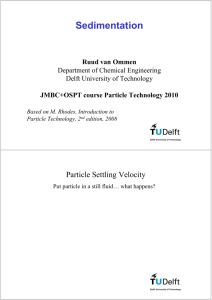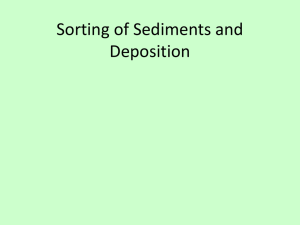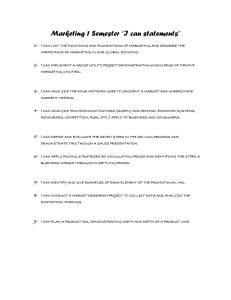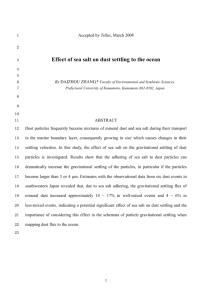Document
advertisement
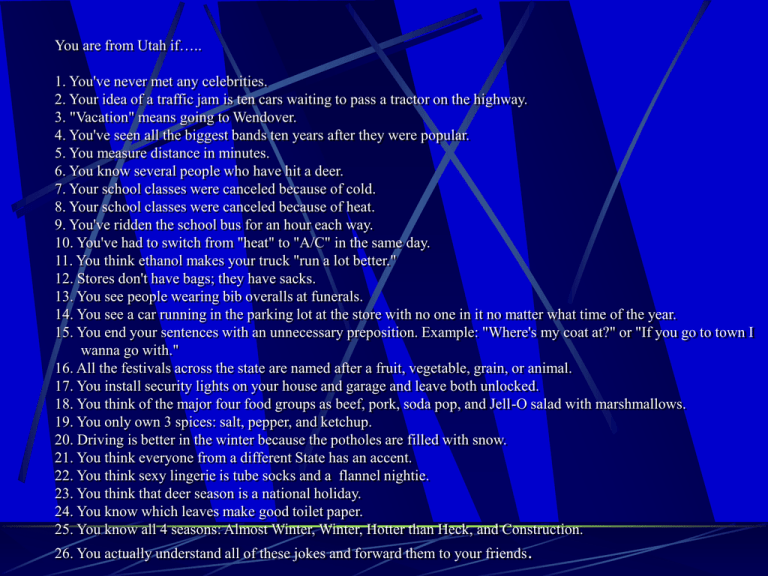
You are from Utah if….. 1. You've never met any celebrities. 2. Your idea of a traffic jam is ten cars waiting to pass a tractor on the highway. 3. "Vacation" means going to Wendover. 4. You've seen all the biggest bands ten years after they were popular. 5. You measure distance in minutes. 6. You know several people who have hit a deer. 7. Your school classes were canceled because of cold. 8. Your school classes were canceled because of heat. 9. You've ridden the school bus for an hour each way. 10. You've had to switch from "heat" to "A/C" in the same day. 11. You think ethanol makes your truck "run a lot better." 12. Stores don't have bags; they have sacks. 13. You see people wearing bib overalls at funerals. 14. You see a car running in the parking lot at the store with no one in it no matter what time of the year. 15. You end your sentences with an unnecessary preposition. Example: "Where's my coat at?" or "If you go to town I wanna go with." 16. All the festivals across the state are named after a fruit, vegetable, grain, or animal. 17. You install security lights on your house and garage and leave both unlocked. 18. You think of the major four food groups as beef, pork, soda pop, and Jell-O salad with marshmallows. 19. You only own 3 spices: salt, pepper, and ketchup. 20. Driving is better in the winter because the potholes are filled with snow. 21. You think everyone from a different State has an accent. 22. You think sexy lingerie is tube socks and a flannel nightie. 23. You think that deer season is a national holiday. 24. You know which leaves make good toilet paper. 25. You know all 4 seasons: Almost Winter, Winter, Hotter than Heck, and Construction. 26. You actually understand all of these jokes and forward them to your friends . Water Treatment Raw Water Source Surface Water Groundwater Treatment Objectives Meet the Primary Treatment Regulations as Economically as possible First choose the best possible raw water source Conventional Treatment plants designed to meet Turbidity and disinfection regulations Surface Water Treatment Conventional Treatment Direct Filtration Groundwater Treatment Coagulation and Flocculation Almost all particles in raw water have net negative surface charge Since particles have like charges they repel each other (will not stick together) To get the particles to stick together we have to neutralize the negative charges A coagulant is added to do this Water Treatment Coagulants Al+3 Aluminum ions Alum Ferric Ions Al2(SO4)3. X H2O Fe+3 Ferric Sulfate Ferric Chloride Ca+2 Calcium Ions Lime Ca(OH)2 Fe2(SO4)3 FeCl3 Coagulation (Destabilization) Charge Neutralization Polymer Addition Particle Bridging Flocculation Gentle mixing to cause collisions between particles. When destabilized particles collide they stick together to form “floc” Flocculation Basins Settling (Sedimentation) Circular Basin Rectangular Basin Basin Model Settling Settling Model Vs = settling velocity of the partilce Vl = horizontal velocity of liquid flow A particle that is just removed has a settling velocity v0. This trajectory represents a particle which has a settling velocity v0 v0 = h / t = Q / A Where: t = V/Q A = surface area of the basin Critical Settling Velocity and Overflow Rate v0 expressed in units of velocity (ft/s) is the critical settling velocity Critical settling velocity is the settling velocity of particles which are 100% removed in the basin v0 expressed in units of flow per unit area (gal/min/ft2) is called the Overflow rate As you can see the only difference between the critical settling velocity and the overflow rate is the type of unit used to express the number The critical settling velocity and the overflow rate are the same number, but proper units should be used to express each Since smaller particles have lower settling velocities, if you want to remove smaller particles in the settling basin you have to have a lower overflow rate. Since v0 = Q/A, to have a smaller v0 you have to have a larger area (a bigger basin removes smaller particles) Example A water treatment plant settling tank has an overflow rate of 600 gal/(day.ft2) and a depth of 6 feet. What is the residence time? v0 = 600 gal/(day.ft2) x 1 ft3 / 7.48 gal = 80.2 ft/day t = h/v0 = 6/80.2 = 0.748 day = 1.8 hr Example A water treatment plant has a flow rate of 0.6 m3/sec. The settling basin at the plant has an effective settling volume that is 20 m long, 3 m tall and 6 m wide. Will particles that have a settling velocity of 0.004 m/sec be completely removed? If not, what percent of the particles will be removed? v0 = Q/A = 0.6 m/sec / (20 m x 6 m) = 0.005 m/sec Since v0 is greater than the settling velocity of the particle of interest, they will not be completely removed. The percent of particles which will be removed may be found using the following formula: Percent removed = (vp / v0) 100 = (0.004/0.005) 100 = 80 % Example How big would the basin need to be to remove 100% of the particles that have a settling velocity of 0.004 m/sec? v0 = Q / A 0.004 = 0.6 / A A = 150 m3 If the basin keeps the same width (6 m): A = 150 m3 = 6m x L L = 25 m
